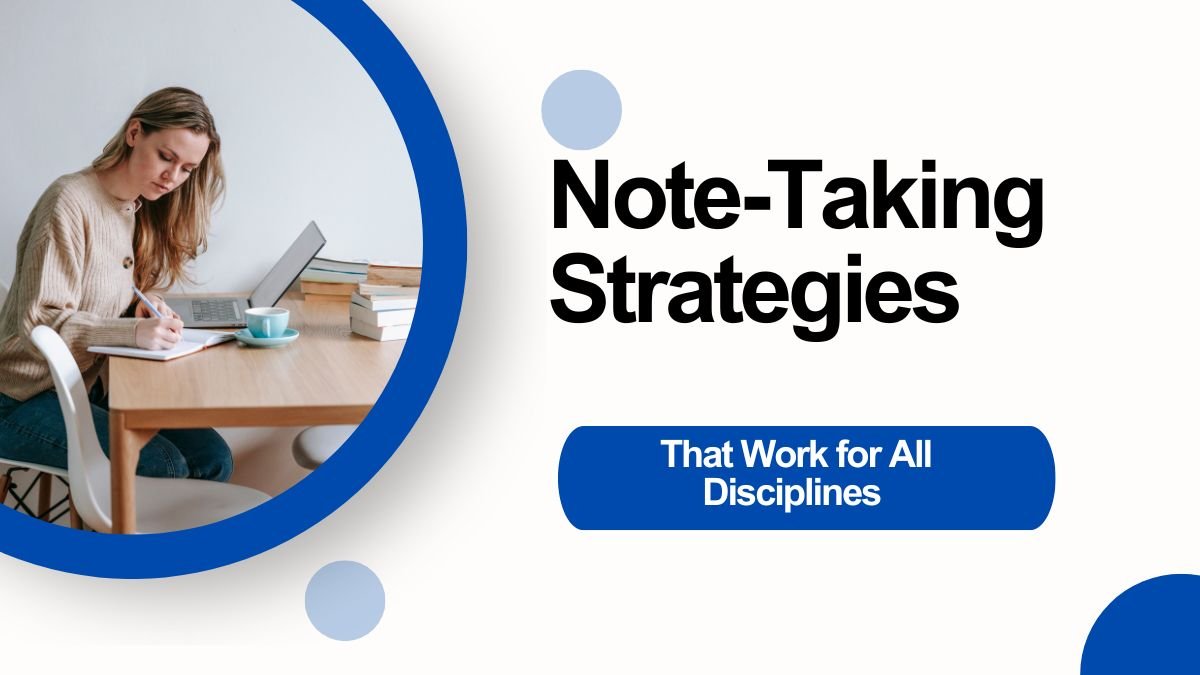Great tricks to make useful notes for all subjects
If you want to become better in studies, then just paying attention in the class is not enough. Making notes in the right way is also very important to remember and understand the studies. But the question arises – which method is the best?
Actually, every student has a different style of understanding and remembering. Some learn quickly visually, while others understand better by writing. In such a situation, it is important that you identify your style and adopt a strategy to make notes accordingly.
1. Outline Method
This method is considered to be the easiest and most organized. In this, you write the main points as headings and give the information related to them below in bullet points.
How to use:
- Write the title of the topic.
- Write the sub-points related to it in bullets.
- Explain the important things briefly.
When to use:
- When you have to make notes quickly during a lecture.
- This method is very useful in subjects like history, political science, management.
Advantages:
- Key points are clearly visible.
- Connected ideas can be shown together.
- Very helpful during revision.
Disadvantages:
- Not so useful for subjects with diagrams and visual content.
2. Cornell Method
Developed at Cornell University in the 1950s, this method not only helps in writing down information, but also inculcates the habit of thinking and understanding.
How to use:
- Divide the page into three parts: Notes, Keywords/Questions and Summary.
- Write the main points on the right.
- Related questions or doubts on the left.
- Give a summary of the entire page below.
When to use:
- When you want to understand a subject in depth.
- Excellent method for revision.
Advantages:
- Inculcates the habit of thinking and analyzing.
- Rereading is easy with the summary.
- Information stays organized.
Disadvantages:
- Page setup takes time.
- It can be difficult to type quickly during a lecture.
3. Boxing Method
This method is ideal for visual learners. Each topic or subtopic is placed in a separate box.
How to use:
- Put one topic on each page.
- Make a box for each subtopic.
- Name the boxes appropriately so that they can be easily identified.
When to use:
- When summarizing or revising a topic.
Advantages:
- Key points of the lecture are visible at a glance.
- Revision becomes easy.
Disadvantages:
- Hard to make quick notes during a lecture.
- Making boxes by hand is time consuming (if you are not using an app).
4. Charting Method
This method is very useful when two or more things need to be compared.
How to use:
- Divide the page into columns and rows.
- Columns should contain attributes like name, quality etc.
- Each row should contain a new topic or example.
When to use:
- In information that requires comparison of science or history.
Advantages:
- It is easy to compare topics.
- The information looks organized.
Disadvantages:
- This method is not as useful in topics that follow one another.
5. Mapping Method
This method is based on a tree-like structure, in which subtopics and examples are added to the main topic as branches.
How to use:
- Write the main topic in the middle or at the top.
- Add subtopics related to it as branches.
- Add small examples or facts in each branch.
When to use:
- When a topic needs to be understood in detail.
Advantages:
- The relationship between ideas is clearly visible.
- More information in less space.
Disadvantages:
- If there are too many branches, the page may become too small.
6. Zettelkasten Method
This is a German technique, which means “box of notes”. In this, every idea is written on a separate card or page.
How to use:
- Write every idea on a separate card.
- Connect related ideas with tags.
- Create collections according to the topic.
When to use:
- In long research projects or collection of years of information.
Advantages:
- A permanent knowledge repository is created.
- Easy for revision.
Disadvantages:
- Takes time to set up and maintain.
7. Mind Mapping
This is a creative and open method in which there is no strict structure.
How to use:
- Write the main idea in the middle.
- Add connected ideas around it in branches.
When to use:
- When planning or brainstorming a topic.
Advantages:
- It is easy to break down big ideas into smaller parts.
- The connections between ideas are clear.
Disadvantages:
- It is a little difficult to use during lectures.
Conclusion: Which method is right for you?
Every student has a different style of thinking, understanding and remembering. Some students understand things through charts, some through maps. So it is important to try different methods and see which one works best for you.
The perfect notes keep you on track not only for tests but also for the whole of study. Select a method, try it out, and make your studying easy and fun from now on.
Gaurav Tagore is a forward-thinking Director known for his impactful work in the education media space. He leads content that helps students make informed academic and career decisions while offering a window into real campus experiences. With a strong focus on clarity and relevance, Gaurav continues to be a trusted voice for student communities across the country.
